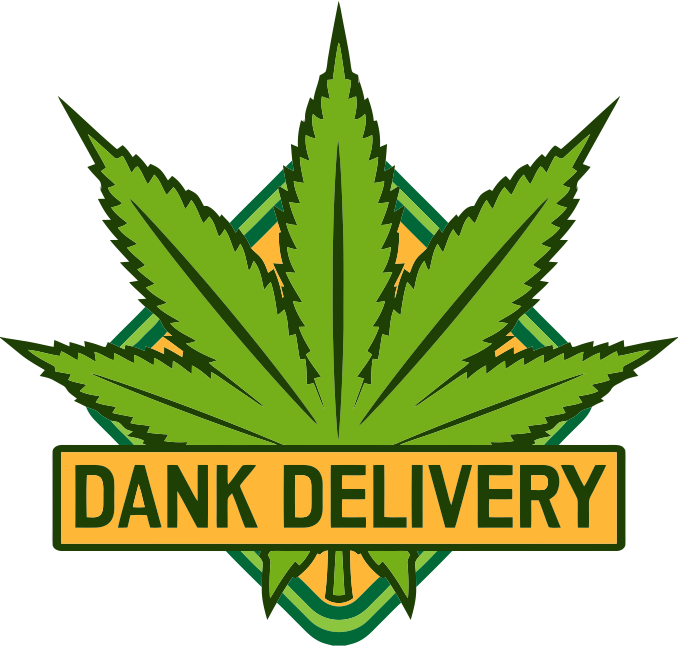[ad_1]
Today, 35 states have legalized medical marijuana programs, and 14 states have permitted adults over the age of 21 to partake of recreational weed. As more states make the effort to introduce recreational marijuana programs, many are beginning to wonder: Why do medical marijuana programs still exist? Is there a difference between medical cannabis products and the marijuana available to recreational users?
The Most Important Difference Is the Legal One
Undoubtedly, the most important point to make about medical marijuana is that it is the only legal option in most of the country. Even in blue states like Maryland, those interested in using marijuana safely and legally only have the option of visiting medical dispensaries in states that maintain medical marijuana programs but lack recreational programs, psychoactive marijuana products in the possession of users without medical marijuana licenses are typically grounds for criminal charges.
Thus, marijuana users are strongly advised to acquire a marijuana card where they do not have access to legal recreational weed if they do not want to risk steep fines and jail time. Fortunately, because most states maintain rather generous qualifications for medical marijuana patients, most users likely already qualify for medical marijuana access and only need to consult a health care professional for a recommendation.
Medical Marijuana Can Be More Potent
But what about those who live in states that have both recreational and medical marijuana programs in effect? There still might be a benefit for some users to gain access to medical marijuana dispensaries. Because medical marijuana users are (ostensibly) using the drug to manage a serious health condition, it is common for them to develop a higher tolerance to cannabis and require larger doses to feel the appropriate effects. As a result, many states permit medical dispensaries to sell marijuana products with much higher THC and CBD content than is available to recreational users.
While the potential to gain higher potency is exciting to many practiced potheads, it is important to remember that there is such a thing as too much THC. THC overdoses are easy to achieve, and though they are not inherently life-threatening, they are deeply uncomfortable both physically and psychologically.
It isn’t recommended that the average user apply for a medical marijuana card merely to purchase exceedingly potent products because it is quite a bit of work for what will likely be a punishing marijuana experience.
Medical Marijuana Users Have More Freedoms
Recreational users (who are over the legal minimum age in their state) can legally enter recreational dispensaries. Some states also permit recreational users to grow a certain number of cannabis plants at home and give a certain amount of cannabis goodies to friends and family. This is quite a bit of freedom for marijuana users — especially considering the War-on-Drugs-era, zero-tolerance policies of barely a decade before.
Even so, medical marijuana users tend to have even more leeway. In states where recreational users are not permitted to cultivate their own cannabis crops, medical marijuana users are often allowed this independence. At-home growing gives medical marijuana users greater access to the compounds they use to manage their health and can drastically reduce the costs of marijuana as a medical treatment. In states that do permit recreational marijuana users to cultivate, medical marijuana cardholders tend to be permitted to grow more plants per household than recreational users.
Additionally, thanks in small part to the COVID crisis, some states have increased the amount of weed that medical users can purchase and possess. In efforts to keep immune-compromised individuals out of potentially dangerous public spaces, medical users are allowed to stock up on cannabis supplies in some places and carry greater quantities of cannabinoids on their person. This liberty has not been extended to recreational users — though dispensaries have reported that cannabis purchases have been at an all-time high in 2020.
Medical marijuana programs still exist for one simple reason: Marijuana continues to help some users manage extremely serious medical conditions. These users need access to potent and safe products at more affordable prices and keeping recreational and medical cannabis programs separate is a good way to ensure medical users have the supplies they need to survive and thrive.
This post is written and sponsored by
[ad_2]
Source link







![How To Find Trending Topics For Youtube Videos During Crisis [Using 2 Amazing Tools]](https://dankdelivery.co.uk/storage1/2021/08/1629193505_hqdefault-400x250.jpg)
